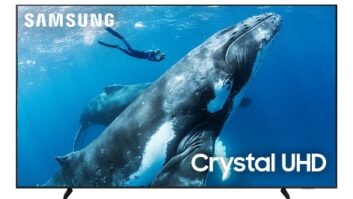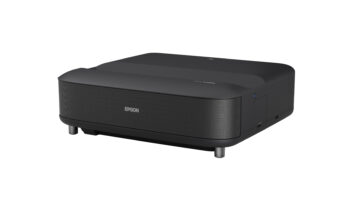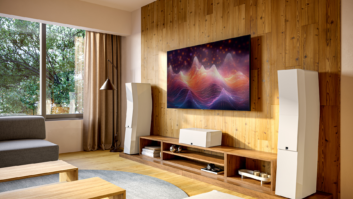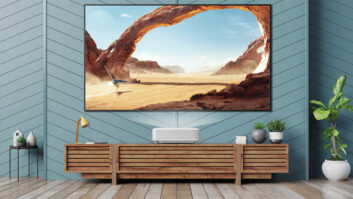
The author’s custom CIE chart. You’ve heard a lot about 4K lately but, if you’re an integrator, you’re probably wondering what it means for business. Ideally, newer technology with a fancy buzzword means more sales opportunities, but what does it mean in terms of setup and calibration?
4K, or Ultra HD as it is more accurately referred to, is currently in a state of transition. We’re seeing the first roll out consisting of displays including nothing more of the Ultra HD specification than the higher resolution of 3840×2160; there isn’t an enhanced color gamut, HDMI 2.0 is not included, and the matrix for properly processing the new ITU-BT.2020 Ultra HD standard is missing. Essentially, the first set of Ultra HD displays are up-converting Rec.709 HD displays. So what does it mean for calibration?
You may remember that our standard-definition system is specified by the International Telecommunications Union, or ITU, as ITU-R BT.601, in short it is the ITU’s recommended standard for broadcast television document number 601. When we moved to HD, we had ITU-R BT.709, and as we transition into Ultra HD, we now have ITU-R BT.2020. Each document specifies things like system colorimetry, signal formats, frame rates, color matrix, bit depth, resolution, sampling lattice, pixel aspect ratio, and even how the pixels are addressed–it’s left to right and top to bottom if you must know.
Of note, Ultra HD comes in two resolutions– 3840×2160 and 7680×4320, allowing for higher resolution than what is available today. Additionally, it is currently specified in 10- and 12-bit formats, a significant improvement over the traditional 8-bit system we’ve been accustomed to in the consumer world. What does this mean? It means that instead of having 254 shades of gray, we’re able to have 1,016 shades in 10-bit and 4,063 shades of gray in the 12-bit system; of course, this is if you are utilizing the full range signal, which not everyone does.
I mentioned that the Ultra HD BT.2020 specification provided the system colorimetry. Well, that has been significantly increased over the BT.709 specification. In fact, you can see the difference between BT.601 (SD SMPTE-C), BT.709 (HD), and BT.2020 (UHD) in the chart provided. Notice the white reference is still located at the same D65 point of x = 0.3127 and y = 0.3290. The coordinates for system colorimetry are illustrated in the graphic on this page.
While this color specification accommodates a significant amount of additional color, many don’t believe it will be completely feasible with the majority of technology currently available do to their ability to hit a color target located at the spectral locus. To date, we have not seen, nor has anyone claimed, that they hit the specified color gamut in their display for BT.2020. There are a few products in the works, some may be introduced later this year. Even broadcasters are searching to acquire displays capable of hitting the BT.2020 targets, so that they can start mastering content. Sadly, everything that is mastered is often mastered for BT.709 do to the formats and technology that are currently available.

So how should you approach the calibration of an Ultra HD display? The answer is complicated yet simple. With today’s displays and program material, you would optimize for BT.709 and the BT.1886 gamma target (approximately 2.4). As the technology improves and content is made available in the Ultra HD format, you would target the BT.2020 standard. Of course, if the display system isn’t capable of hitting BT.2020, you would target an emulation mode. What is an emulation mode? Well, emulation modes are often used in content creation where a display isn’t quite capable of hitting a specification, such as the Digital Cinema P3 Color Specification, so we calibrate to a mode that is closest to the target. To do this, the red, green, and blue primaries are a point on the target color gamut’s triangle, not inside, or outside; you get as close to the target on the line as possible while maintaining the target white point.
As displays improve and Ultra HD content is delivered to the home, calibrating to the new standard will be of utmost important to ensure accuracy. For now, calibrating to the HD standard will allow for accuracy of current 4K content that is BT.709 content provided at a higher resolution.
David Abrams ([email protected]) is president of Avical, a Los Angeles-based audio/video calibration and consulting company. Follow him on twitter @AvicalTweets or on Facebook at www.facebook.com/Avical.Inc







